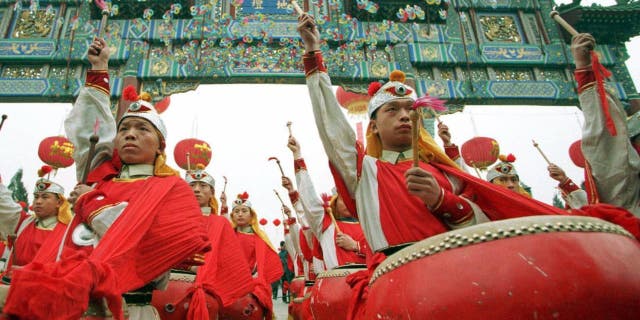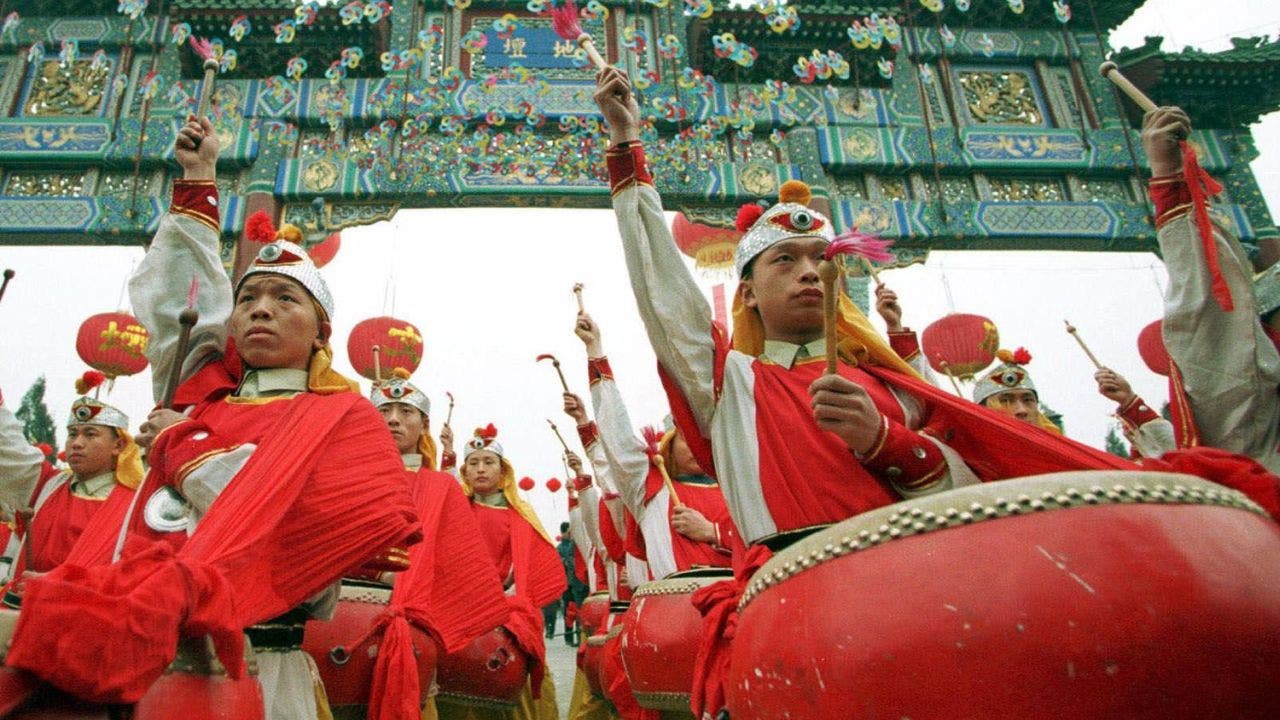Chinese Lunar New Year will get its start on Feb. 1, 2022, and this year it’s the year of the water tiger.
Celebrations will take place around the world for 15 days and it will include activities like house cleaning, traditional cuisine, physical offerings, cash gifts and twinkling lights, according to History.com.
LUCKIEST FOOD FOR CHINESE NEW YEAR
The lunar-based celebration is connected to the second new moon of the year, which typically lands sometime between the end of January and mid-February. Records show that the half-month event dates back to the oracle bone readings from the 14th century B.C. when the Shang Dynasty was in power.
Each year is represented by the Yang or Yin form of one of the five elements and one of the 12 animals from the Chinese zodiac, which move in a series of cycles. The zodiac’s five elements are wood, fire, earth, metal and water and the 12 animal signs are the rat, ox, tiger, rabbit, dragon, snake, horse, sheep, monkey, rooster, dog and pig.
This year – 2022 – is considered the Yang Water Tiger because the year’s ending digit lands on a 2, which symbolizes a Yang year while the rest of the Chinese calendar has entered its fifth element zodiac sign in the 5-part cycle – which is water – and its third animal zodiac sign in the 12-part cycle – which is the tiger.
NEARLY 1 IN 5 AMERICANS ADMIT THEY’VE MADE MONEY DECISIONS BASED ON HOROSCOPES: SURVEY
People who are born during the year of the Yang Water Tiger between Feb. 1 2022 and Jan. 21, 2023, are prophesized to have agility and eloquence, according to the Chinese zodiac. The sign is also characterized as being brave, self-assured and competitive.
It’s estimated that 2 billion people around the globe celebrate Chinese Lunar New Year, which is also known as Chunjie – the “Lunar New Year” or “Spring Festival” when translated to English.
Eating long noodles during Chinese Lunar New Year is a tradition that’s done to symbolize a long life.
(iStock)
In China, many families thoroughly clean their homes days before the Chinese Lunar New Year begins. This is usually done to rid homes of bad luck, according to Britannica. Food, trinkets and paper offerings are also extended to ancestors or deities, including wholes chickens, fruit, tea, sculptures, incense and candles.
WINTER SOLSTICE: WHAT IS IT AND WHEN DOES IT OCCUR THIS YEAR?

In this 2009 file photo, drum dancers perform at Beijing Spring Festival as part of city’s Chinese Lunar New Year celebrations.
(Associated Press)
Other celebration rituals include hanging lucky scroll messages, setting off firecrackers or fireworks, eating long noodles and dumplings with symbolic meanings and exchanging cash gifts with auspicious red envelopes. Some festive celebrants also tune into the CCTV’s annual Spring Festival Gala, a variety show that’s near and dear to people’s hearts, much like Dick Clark’s New Year’s Rockin’ Eve.
During the 15-day Chinese Lunar New Year period, many workers get seven days off to celebrate, according to National World. The celebrations typically conclude with a multi- or single-day lantern festival.
CLICK HERE TO GET THE FOX NEWS APP
Neighboring countries in Asia have developed their own Lunar New Year celebrations that were influenced by the ancient Chinese calendar, including Vietnam (AKA “Tet”), Tibet (AKA “Losar”) and North Korea and South Korea (AKA “Seollal”), according to Britannica.
Japan is one of the rare exceptions that celebrates the new year according to the Gregorian calendar, on Jan 1.
FOLLOW US ON FACEBOOK FOR MORE FOX LIFESTYLE NEWS
The Gregorian calendar was formally adopted in China in 1912, which was 39 and 16 years after Japan and Korea did so, respectively.
